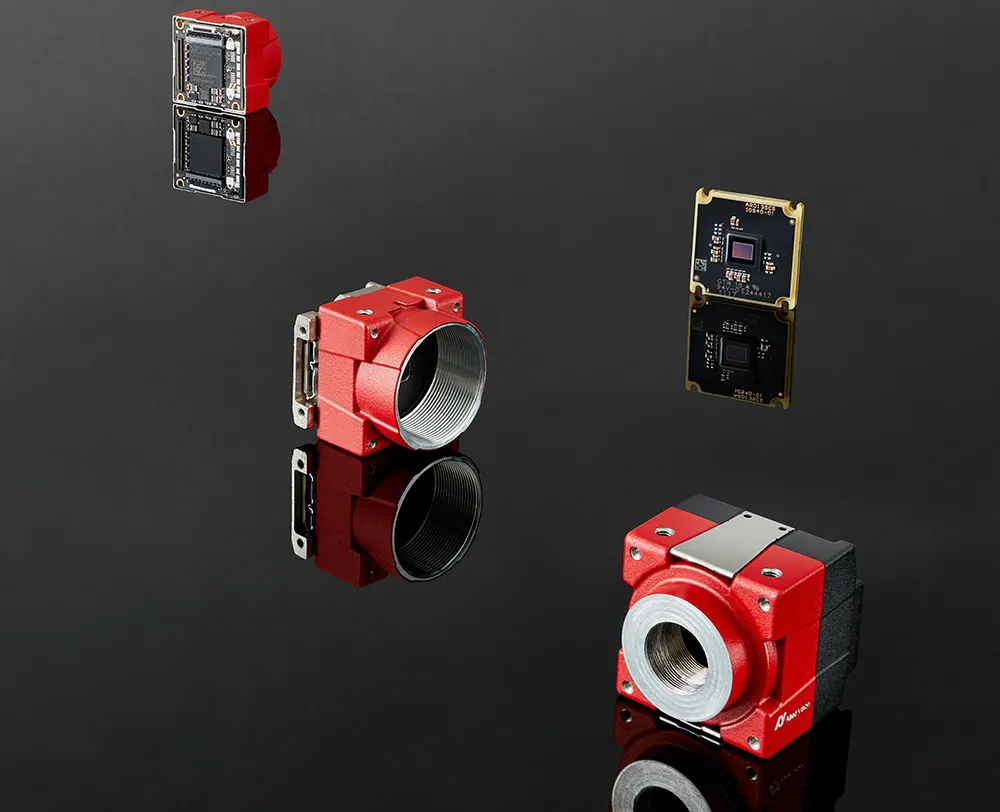Sony Semiconductor Solutions has launched a polarisation image sensor: 3.45µm, 5.07M-Effective Pixel with four-directional polariser formed on the photodiode of the image sensor chip targeting the industrial equipment market. In addition to the brightness and colour, this image sensor can capture polarisation information which cannot be detected by normal image sensor. This polarisation sensor can expand various possibilities in the industrial field such as inspection when visualisation and sensing are
October 25, 2018
Read time: 2 mins

In addition to the brightness and colour, this image sensor can capture polarisation information which cannot be detected by normal image sensor. This polarisation sensor can expand various possibilities in the industrial field such as inspection when visualisation and sensing are difficult.
IMX250MZR/MYR can capture a four directional polarisation image in one shot by the four directional polariser. It can calculate the direction of polarisation and the degree of polarisation (DoP) based on the intensity of each directional polarisation. Combining with subsequent signal processing, it can capture polarisation information in real time.
Unlike conventional types of polarisation sensors, where the polariser is attached on top of the on-chip lens layer, Sony’s polariser is formed on chip under the on-chip lens layer. A shorter distance between the polariser and the photodiode improves the extinction ratio and the incident angle dependence.
Since the polariser is formed during the semiconductor process, form and formulation of polariser, uniformity, mass productivity and durability are excellent compared to conventional polarisation sensors, Sony insists. The polarisation sensor is covered with an anti-reflection layer which helps to reduce reflectance and avoids poor flare and ghost characteristics.
Stand: 1C60










